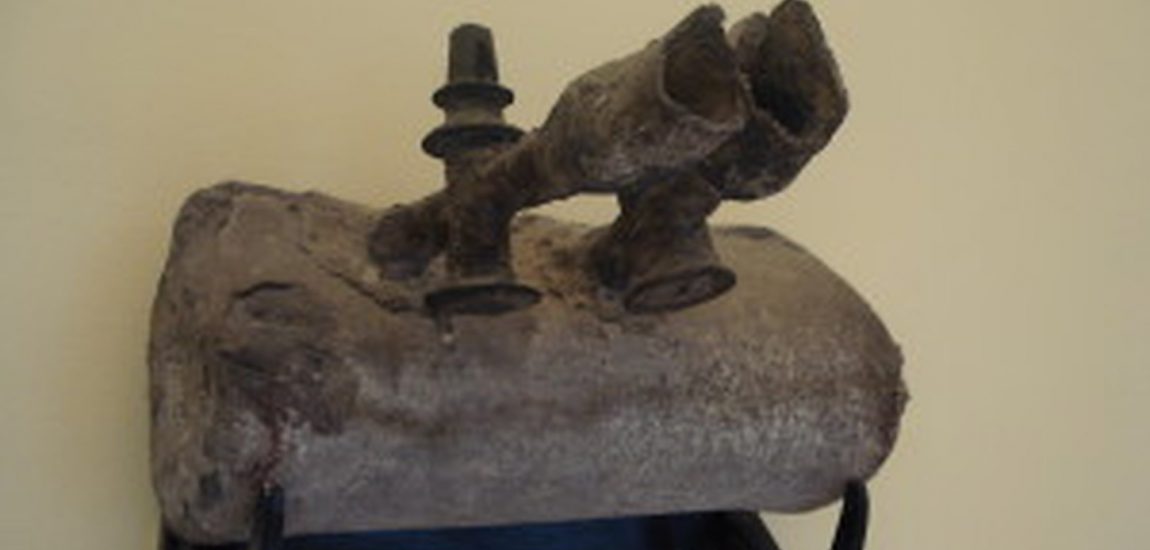
What do Roman plumbing and Gondwana crust have in common?!
Janne Blichert-Toft’s plenary talk Tuesday lunchtime gave us an overview of what could be achieved with Pb isotopes with what she termed “Neo -plumbotectonics”. In her 45 minute talk she took us from Gondwana lower crust to Roman plumbing. Janne and her team have created a Pb isotope database for Europe which led to the discovery an E-W Pan African ridge that had previously gone unnoticed. I find it incredible
Janne giving her plenary talk
that major large-scale processes affecting central Europe are still being discovered, a testament to the usefulness of the Europe Pb database and the hard work that went into this project. Janne also talked to us about what Pb isotopes can tell us about the downfall of the Roman Empire. This is certainly not something I expected to hear during a Geochemistry conference (especially after spending my morning thinking about isotope signatures in the solar nebula!). The hypothesis being that the Roman Empire engineered their own downfall with the creation of a Pb plumbing system. Pb at elevated concentrations can be poisonous that results in wacky, uncharacteristic behaviour. Although the results showed similar isotopic signatures between Roman pipes and Roman ‘tap’ water plus elevated Pb concentrations compared to local spring waters; the conclusions did not support severe-wacky-behaviour-causing-poisoning as the downfall of the Roman Empire (disappointingly).
Roman lead water pipes
The development of MC-ICPMS has allowed isotopic systems, such as Pb, to be applied to a wide range of topics including Roman plumbing. This is an area of research that has undergone a recent phase of major progression. Janne believes that our understanding of isotopic systems is unlikely to continue evolving at such a pace but for scientists willing to put in the hard work our knowledge of MC-ICPMS and its capabilities are sure to incrementally add to our understanding.
In the time I got to spend with Janne after her talk hard work was something she empathised as key to her success. It also become apparent that hard work is something Janne isn’t afraid of! When she isn’t traveling for various panels, committees, or conferences such as Goldschmidt Janne’s average day involves early starts for long days in the lab. Janne does all her own lab work, from cleaning beakers to running columns, putting the time in to ensure the high quality results from her lab. After spending only a short time with Janne her love for and dedication to geochemistry certainly comes across! A last minute decision to study geology over medicine and an accidental meeting of her to-be PhD advisor on field-work in Greenland led Janne on her path to research. She equates being open-minded, hard-working, and lucky as the key to success in academia!
I was really grateful that I had the opportunity to meet Janne whose advice and encouragement to early career research’s was inspirational. For those who have paved their careers in science to take the time to talk to others just starting out is really helpful! I fully recommend that anyone coming to the end of the PhD’s get involved in a ‘Meet the Plenary’ session!
